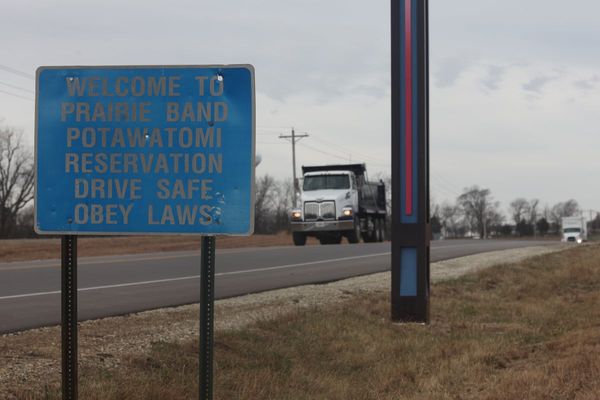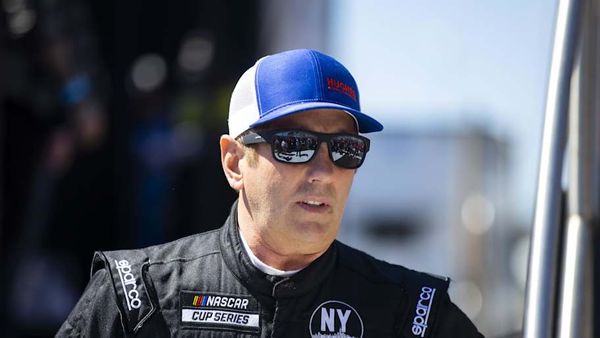
An investigation by the US marine corps found that pandemic burnout and intensive troop commitments played a central role in the drowning of nine US service members last July during a pre-deployment training session off the California coast.
The report, released Wednesday, investigated the formation of the 15th Marine Expeditionary Unit and scrutinized the various demands placed on commanders, staff, and troops before the sinking of a 26-ton amphibious assault vehicle.
“The claims on their time and attention surfaced in a number of interviews with several senior officers who described the conditions during this period as second only to their experience in combat,” wrote Lt Gen Carl Mundy III, referring to demands including Covid-19 restrictions, militarization on the southern border and heightened tensions with Iran.
The eight marines and one sailor, who ranged from 18 to 23 years old, were killed when the AAV sank while transporting them from San Clemente Island to the USS Somerset. A previous investigation in March revealed that the deaths were “preventable”. The investigation found that poor vehicle maintenance and human error, including a lengthy delay and disorderly rescue efforts, contributed to the disaster.
Wednesday’s report was released alongside findings by a parallel navy inquiry that found communication problems between the AAV and the Somerset dock ship. According to the inquiry, Somerset’s commanding officer at the time, navy captain Dave Kurtz, “did not fully understand communication pathways” between the ship and Marine vehicles that were involved.
Nevertheless, navy officials said that communication problems did not result in the disaster as the Somerset responded swiftly as soon as the situation’s severity became evident.
The findings have prompted the navy and Marine Corps to pledge new changes, including mandating only navy boats to serve as safety boats. During the disaster, the navy’s safety boats were undergoing maintenance and were thus unavailable. As a result, the Marine Corps dispatched other armored landing craft, including one that collided with the sinking vehicle.
“This tragedy should never have occurred,” said Vice-Adm Roy Kitchener. “We will not let the lives be lost in vain. We have learned from this, and we will permanently improve the way we plan and execute amphibious operations,” he added.







